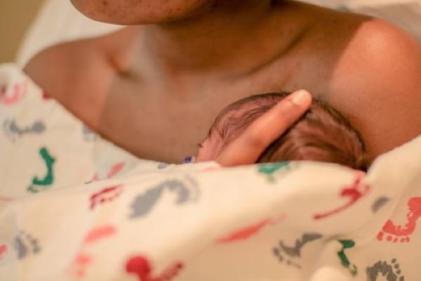A blocked tear duct in a newborn generally occurs when there is a delay in the normal development and opening of a tear duct. At the time of birth the eye is not quite developed. About 1 in 5 newborn babies will have a tear duct that is not fully developed. It can affect one or both eyes.
Normal tear production
In order to avoid any damage to the sensitive surface of the eye it needs to be kept moist. The eyes are in constant contact with the eyelids and without lubrication the friction created by the two layers of conjunctiva would cause rubbing. To prevent this, and to help remove debris, the eye produces a tear film.
The tear film consists of three layers; the main middle watery layer, the middle oily layer and the thin inner mucous layer. The watery fluid, known as tears, is produced by the lacrimal glands. There is a lacrimal gland located just above and to the outer side of each eye. The glands are constantly making a small amount of watery fluid which is then drained by the upper part of the eyes. When blinking happens, tears are spread by the eyelid all over the front portion of the eye.
Tiny glands in the eye make an oily liquid which covers the outer layer of the tear film. This layer helps keep the tear surface smooth and reduces evaporation of the watery tears. The tears then drain down small channels on the inner side of the eye into a tear sac. From here, they flow down a channel called the tear duct into the nose.
When a blocked tear duct occurs the eyes will constantly water.
Learn more information on symptoms of blocked tear ducts.





